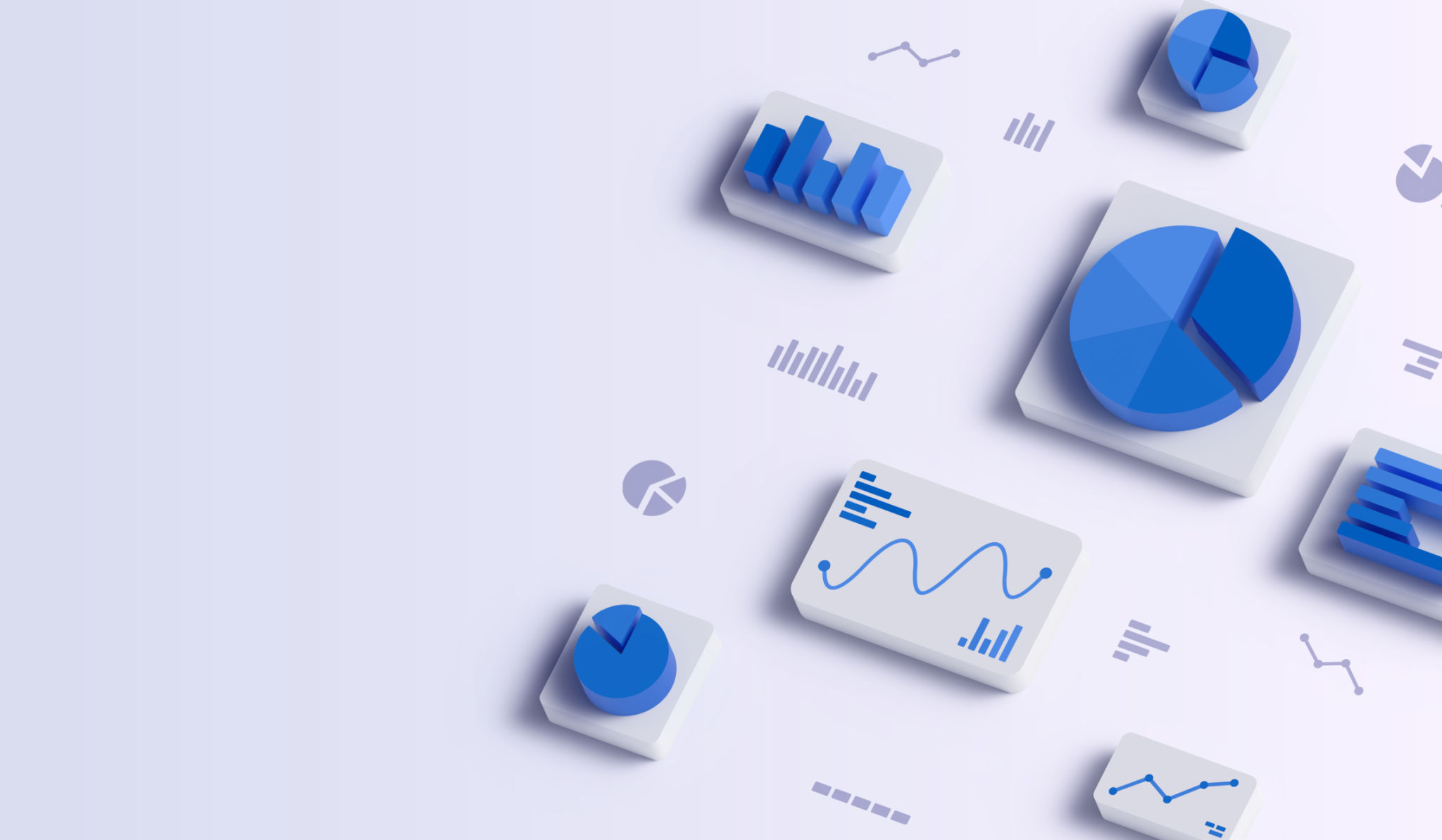Automated Risk Assessments: Quantifying Financial Impact of Cyber Threats
Understanding Automated Risk Assessments
In today's digital age, businesses are increasingly reliant on technology, making them vulnerable to cyber threats. As these threats grow in complexity and frequency, understanding and managing the associated risks become crucial. Automated risk assessments offer a solution by quantifying the financial impact of these cyber threats, enabling organizations to make informed decisions about their cybersecurity investments.
Automated risk assessments use advanced algorithms and data analytics to evaluate the potential risks posed by cyber threats. This process involves collecting and analyzing data from various sources, such as network traffic, user behavior, and threat intelligence reports. By automating this process, businesses can quickly identify vulnerabilities and anticipate potential threats, ultimately reducing the time and effort required for traditional risk assessments.

The Role of Financial Impact Quantification
One of the key benefits of automated risk assessments is their ability to quantify the financial impact of cyber threats. By assigning a monetary value to potential risks, organizations can better understand the true cost of a cyber attack. This information is crucial for making strategic decisions about resource allocation, insurance coverage, and risk mitigation strategies.
Quantifying the financial impact involves calculating potential losses from data breaches, system downtime, and reputational damage. It also takes into account the cost of implementing necessary security measures. This comprehensive analysis helps businesses prioritize their cybersecurity efforts and focus on areas with the highest potential return on investment.

Benefits of Adopting Automated Risk Assessments
The adoption of automated risk assessments offers several advantages for businesses. First and foremost, it provides a more accurate and objective evaluation of cyber risks. By relying on data-driven insights, organizations can eliminate biases that may arise from manual assessments. This leads to more reliable risk management strategies.
Additionally, automated risk assessments are significantly faster than traditional methods. With real-time data analysis, businesses can respond quickly to emerging threats and minimize their impact. This agility is essential in a rapidly evolving cyber landscape where new threats can emerge at any moment.
Furthermore, automated systems often include continuous monitoring features, ensuring that organizations remain vigilant against evolving risks. This proactive approach helps maintain a strong security posture and reduces the likelihood of successful attacks.

Implementing Automated Risk Assessments
To effectively implement automated risk assessments, businesses should consider the following steps:
- Identify key assets: Determine which digital assets are critical to your operations and require protection.
- Select appropriate tools: Choose automated assessment tools that align with your organization's needs and infrastructure.
- Integrate with existing systems: Ensure that the chosen tools can seamlessly integrate with your current technology stack for optimal performance.
- Train personnel: Educate your team on using automated tools effectively to maximize their benefits.
By following these steps, organizations can successfully implement automated risk assessments and enhance their cybersecurity strategies.
Conclusion
Automated risk assessments are revolutionizing the way businesses approach cybersecurity. By quantifying the financial impact of cyber threats, these assessments provide invaluable insights that enable organizations to make informed decisions about their security investments. As cyber threats continue to evolve, adopting automated risk assessments will be essential for maintaining a robust defense against potential attacks.
Businesses that embrace this technology will not only protect themselves from financial losses but also gain a competitive edge in an increasingly digital world.
